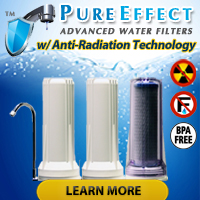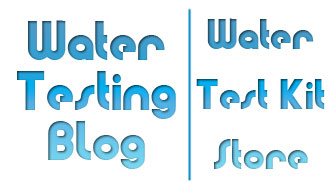EPA Ruling on Lead and Copper in Drinking Water
posted by Water Testing Blog on Thursday, May 29th 2008 under: Copper, Lead, Metals, Municipal Water Test, Water Quality Testing, Water Testing Tags: copper in drinking water, environmental protection agency, epa, lead in drinking water, us epa lead and copper in water ruling



